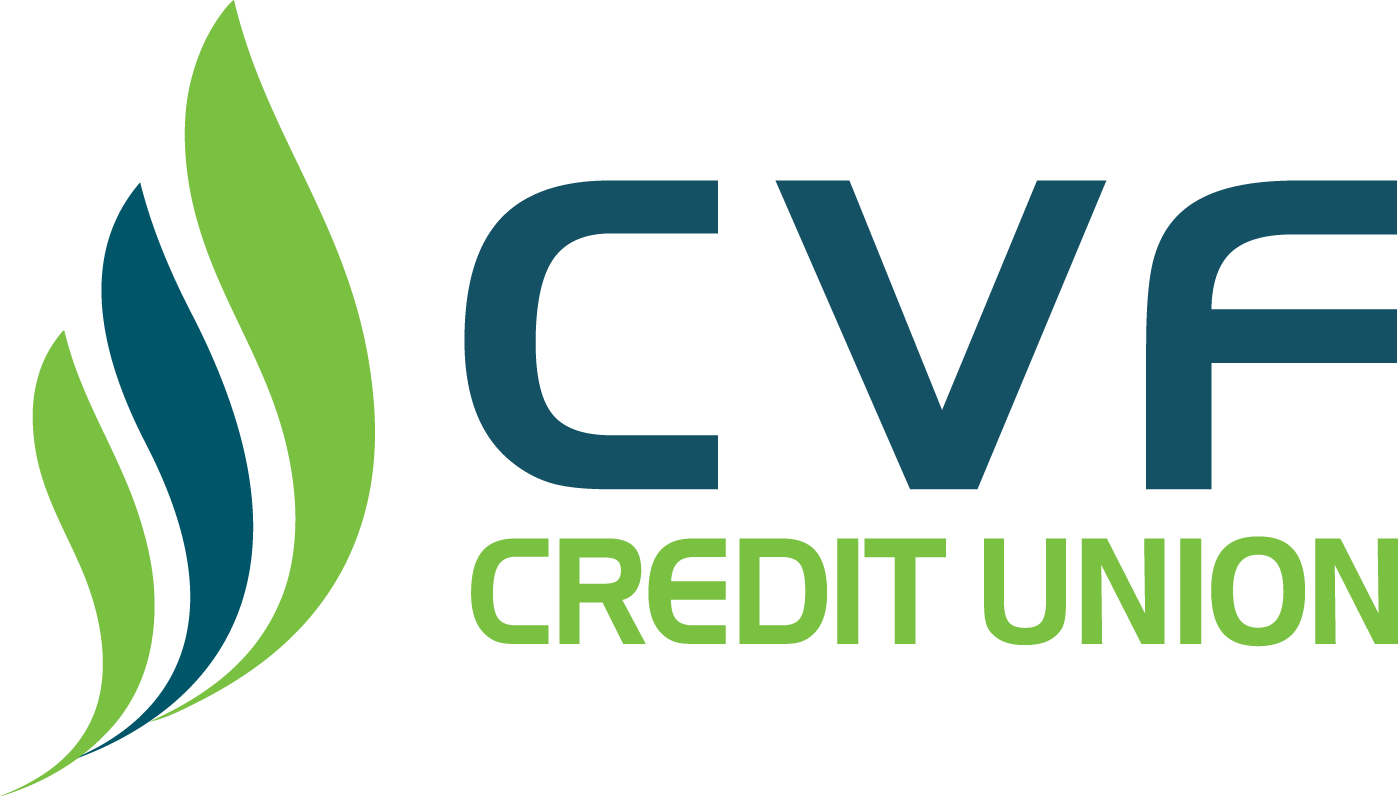
Maximizing Your Retirement Savings: Exploring the Benefits of a Traditional IRA
If you are looking for a way to save money for retirement, you might be wondering what the best option is. Many types of retirement accounts, including 401(k), Roth IRA, and traditional IRA. Each one has its own features, benefits, and drawbacks. Join us as we discuss the benefits of a traditional IRA and why it might be a smart choice for your future.
What is a Traditional IRA?
A traditional IRA is an individual retirement account that allows you to save money for retirement and enjoy tax benefits.
You can contribute up to $6,000 per year (or $7,000 if you are 50 or older) to a traditional IRA and deduct your contributions from your taxable income.
This means you pay less taxes now, deferring them until you withdraw your money in retirement.
What are the Benefits of a Traditional IRA?
Traditional IRAs have many benefits, making them a worthwhile investment for your future.
Lower Your Current Tax
Deducting your contributions from your taxable income can reduce your tax liability and save more money for retirement.
This is especially beneficial if you are in a high tax bracket now and expect to be in a lower one in retirement.
Enjoy Tax-Deferred Growth
The money in your traditional IRA grows tax-deferred, meaning you only pay taxes on the interest, dividends, or capital gains once you withdraw them.
This allows your money to compound faster and grow more overtime.
Have More Flexibility and Control
With a traditional IRA, you can choose how to invest your money among various options, like stocks, bonds, mutual funds, ETFs, etc.
You can also adjust your portfolio according to your risk tolerance and goals. You have greater control over your money than with a 401(k), which usually has limited investment choices and fees.
Access Your Money Earlier
You can withdraw money from your traditional IRA without penalty after turning 59. This is earlier than with a 401(k), which usually requires waiting until you’re 65 or retire from your job.
You can also take out money from your traditional IRA before you’re 59 for certain reasons, including buying a first home, paying for education, or covering medical expenses. But you will have to pay taxes and a 10% penalty on the amount withdrawn.
Convert To a Roth IRA Later
If you want to enjoy tax-free withdrawals in retirement, you can convert your traditional IRA to a Roth IRA at any time.
You will have to pay taxes on the amount converted, but avoid paying taxes on future growth and withdrawals. This might be a good option if you expect to be in a higher tax bracket in retirement or want to leave your heirs tax-free money.
Traditional IRA vs 401(k)
If you have access to a 401(k) plan through your workplace, you might be curious about how it stacks up against a traditional IRA. Both are great ways to save for retirement, but they have some differences that you should consider.
A 401(k) plan is an employer-sponsored retirement plan that allows you to contribute a percentage of your salary to your account, up to $19,500 per year (or $26,000 if you are 50 or older).
Your employer may also match some or all of your contributions; it’s like getting free retirement money.
A 401(k) plan also lets you contribute pre-tax money to your account, lowering your taxable income and saving you taxes.
However, unlike a traditional IRA, you may have limited investment options for your 401(k) plan, depending on what your employer offers.
You may also pay higher fees and expenses for managing your 401(k) plan than your traditional IRA.
Another difference between a 401(k) plan and a traditional IRA is that you must start taking required minimum distributions (RMDs) from your 401(k) plan when you reach age 72.
RMDs are the minimum amount of money you must withdraw from your account each year based on your life expectancy and account balance. You may face a hefty tax penalty if you don’t take out enough money.
With a traditional IRA, you don’t have to take RMDs until age 72. This gives you more flexibility and control over when and how much money you withdraw from your account.
Traditional IRA vs. Roth IRA
Another type of IRA you may have heard of is the Roth IRA.
Unlike a traditional IRA, a Roth IRA lets you contribute after-tax money to your account, meaning you pay taxes on the money you put in upfront.
This also means you don’t pay any taxes on the earnings or withdrawals from your account if you follow the rules.
A Roth IRA has some advantages over a traditional IRA, making it appealing to some.
You can withdraw your contributions (but not your earnings) from your Roth IRA anytime and for any reason without penalty or taxes. This can give you more liquidity and flexibility in emergencies or big purchases.
You don’t have to take RMDs from your Roth IRA, ever. This means you can leave your money in your account as long as you want and pass it on to your heirs tax-free.
However, a Roth IRA has some drawbacks that may make it less suitable for some people. You cannot deduct your Roth IRA contributions from your income taxes since you contribute after-tax money. This can increase your tax bill and reduce your savings.
You cannot contribute to a Roth IRA if your income is too high. For 2023, the income limits for Roth IRA contributions are $140,000 for single filers and $208,000 for married couples filing jointly.
You may have to pay a penalty and taxes if you withdraw your earnings from your Roth IRA before you’re 59 and before having the account for five years. This can reduce your returns and discourage you from tapping into your savings.
Secure Your Financial Future
In a world of financial uncertainty, securing your financial future is paramount. A traditional IRA offers a reliable and time-tested method of building your retirement savings while enjoying immediate tax benefits.
At CVF Credit Union, we understand the importance of financial security during your golden years. We offer expert guidance, a range of financial products, and state-of-the-art digital banking tools that make managing your financial freedom savings a breeze.
Ready to take the first step towards a brighter financial future?



